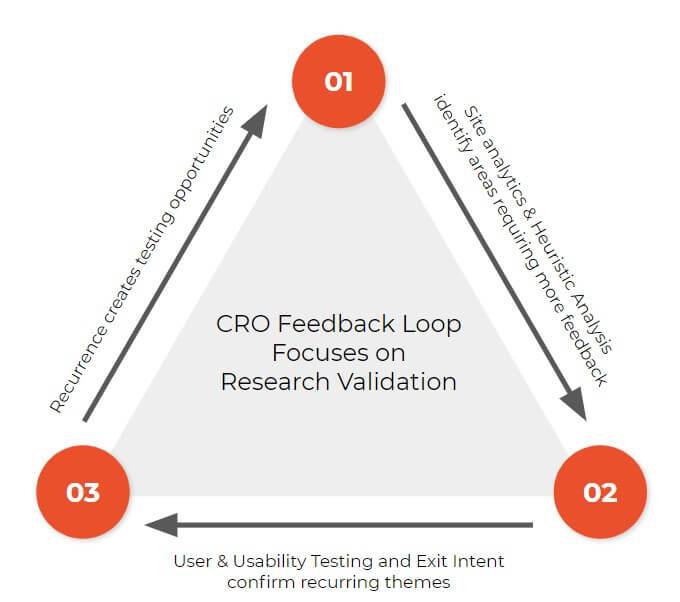In this article, we’ll go over some of the insights that were discussed by Leslie To, VP SEO at 3Q, at this year’s Hero Conf and SearchLove Virtual Summit. In her presentation titled ‘Turning SEO tactics into CRO’, Leslie discussed how we currently (generally) look at SEO and CRO and how this will evolve in the future, as well as how to combine both practices for clearer insights and better next steps. For a summary of Will Critchlow‘s opening presentation of the summit, check out my colleague Lore’s article on the lessons from integrating PPC and SEO.
Validate hypotheses by running tests
We can see that over the last 5 years browsing behavior and users are changing. The percentage of non-clickers has doubled in the past five years, but the inventory has grown a lot, so the number of clickers is still robust. This indicates that we need to pivot, but what to pivot to and how to decide what to prioritize?
With the amounts of data we currently collect it is easy to make assumptions based on this quantitative data, but it is interesting to also take into account qualitative data. Only looking at quantitative data can lead to wrong conclusions.
The point Leslie makes is that we can take a look at our data, keyword research and SEO practices to make a hypothesis that we can then test. In this way, you can create a continuous loop of insights that leads to more tests and knowledge.

1. Identify areas requiring more feedback (using site analytics and heuristic analysis)
2. Confirm recurring themes (using user and usability testing and exit intent)
3. Recurrence creates testing priorities
How do SEO and CRO work together?
On a lot of projects there probably won’t be enough time in the day to focus on both SEO and CRO and on top of that, priorities may differ, but the overlap between the two is growing. According to Leslie, at one point the overlap is going to be so big that we look at both aspects at the same time without being able to separate them in a project.

The question we should be asking ourselves when doing research or testing both from an SEO and a CRO perspective is always ‘How can we create an experience that matches the searchers intent’. This is why we are looking more and more at CRO and SEO at the same time, instead of separately trying to uncover questions such as the ones below while keeping in mind both practices at once:
- Are we properly communicating and meeting searchers where they are at?
- Are we too focused on a specific part of the funnel?
- Does the value proposition align across the site and is this communicated clearly on every page?
- Are we too aggressive in our CTA?
- Is our communication not direct enough on our bottom funnel pages?
When analyzing these different questions / topics you have to understand your non-compromises and your priorities. You should always go about SEO and CRO with a well thought-out strategy in mind and balance them both. A few of the points Leslie brought to our attention :
- Do not eliminate content without cause : you need to carefully balance CVR growth against a potential decline in traffic
- Do not sacrifice keywords for customers : Stimulus-driven headlines or content may appeal to customers, but without a keyword-strategy, what traffic would you be appealing to?
- Do not make non- search engine friendly recommendations : Personalization or implementation of React (for example) could be great, but at what cost?
Make sure to balance decisions from both a CRO and an SEO perspective and consider how changes will affect both.
And finally: not every test is going to be a slam-dunk. But you can learn as much from a negative test as from a positive one.
Some tools Leslie recommends:
- Unbounce for landing page tests
- Hotjar for heatmapping and exit intent polls
- Usability Hub / Usertesting as a testing platform
- A/B Tasty Sample Size Calculator to know if your site is testable
Ontvang onze inzichten rechtstreeks in je inbox
We duiken regelmatig in actuele onderwerpen op het gebied van digitale marketing en delen onze inzichten graag met jou.
